Home>Furniture & Design>Interior Design Trends>Why Do Pictures Stick To Glass In Frame


Interior Design Trends
Why Do Pictures Stick To Glass In Frame
Published: February 6, 2024
Discover the latest interior design trends and learn why pictures stick to glass in frames. Explore innovative solutions for your home decor.
(Many of the links in this article redirect to a specific reviewed product. Your purchase of these products through affiliate links helps to generate commission for Storables.com, at no extra cost. Learn more)
Introduction
Have you ever experienced the frustration of trying to hang a picture in a frame, only to find that the picture stubbornly sticks to the glass? It's a common annoyance that many people encounter, but have you ever wondered why this happens? The phenomenon of pictures sticking to glass in frames is often attributed to static electricity, but there's more to it than meets the eye.
In this article, we'll delve into the intriguing world of static electricity and explore the science behind why pictures cling to glass surfaces. We'll also uncover the various factors that influence this adhesion and provide practical tips on how to prevent pictures from sticking to glass.
So, if you've ever found yourself grappling with this pesky problem, or if you're simply curious about the forces at play, join us on this enlightening journey into the captivating realm of static electricity and adhesion. Let's unravel the mystery behind why pictures stick to glass in frames and discover how to outsmart this perplexing phenomenon.
Key Takeaways:
- Static electricity causes pictures to stick to glass in frames. Factors like material properties, environmental conditions, and surface cleanliness influence adhesion. Understanding these factors helps prevent this frustrating phenomenon.
- To prevent pictures from sticking to glass, choose matte or textured paper, keep the glass clean, control humidity, use anti-static treatments, seal the frame, or consider alternative display methods like acrylic glazing.
The Science Behind Static Electricity
Static electricity is a fascinating phenomenon that manifests in various everyday occurrences, including the perplexing adhesion of pictures to glass in frames. To comprehend why this happens, it's essential to grasp the fundamental principles of static electricity.
At its core, static electricity is the result of an imbalance of electric charges on the surface of objects. When certain materials rub against each other, such as a picture and the glass in a frame, electrons can be transferred from one surface to the other. This transfer of electrons creates an electrical charge imbalance, leading to the accumulation of static electricity.
The adhesion of pictures to glass is primarily attributed to the attractive forces between the charged surfaces. When the picture and the glass come into contact, the opposite charges on their surfaces create an electrostatic attraction, causing them to stick together. This phenomenon is akin to the way a statically charged balloon can stick to a wall after being rubbed against hair.
Moreover, the nature of the materials involved influences the extent of static electricity buildup. Certain materials, such as plastic or glass, are more prone to acquiring a static charge when rubbed, intensifying the adhesive forces between the picture and the glass surface.
Additionally, environmental factors, such as humidity levels, can impact the buildup of static electricity. Low humidity can exacerbate the adhesion of pictures to glass, as dry air facilitates the retention of static charges on surfaces.
Understanding the science behind static electricity provides insight into the underlying mechanisms that cause pictures to stick to glass in frames. By recognizing the role of electric charges and attractive forces in this phenomenon, we gain a deeper appreciation for the intricate interplay of scientific principles in our daily experiences.
In the next section, we'll explore the various factors that influence the adhesion of pictures to glass, shedding light on the multifaceted nature of this intriguing occurrence.
Factors Affecting Adhesion
The adhesion of pictures to glass in frames is influenced by a myriad of factors, encompassing the properties of the materials involved, environmental conditions, and the presence of contaminants. Understanding these factors is crucial in devising effective strategies to mitigate the frustrating phenomenon of pictures sticking to glass surfaces.
Material Properties
The nature of the materials comprising the picture and the glass significantly impacts their propensity to adhere. Certain types of paper, particularly those with a glossy finish, are more prone to sticking to glass due to their smooth surface texture, which enhances contact with the glass. Additionally, the composition of the glass, such as its level of smoothness and the presence of any coatings, can influence adhesion. Smooth glass surfaces tend to exhibit stronger adhesive forces, particularly when in contact with glossy prints or photographs.
Environmental Conditions
Environmental factors, notably humidity levels, play a pivotal role in the adhesion of pictures to glass. Low humidity exacerbates the buildup of static electricity, intensifying the attractive forces between the picture and the glass surface. In dry environments, the retention of static charges on surfaces is heightened, amplifying the likelihood of pictures sticking to glass. Conversely, higher humidity levels can mitigate the accumulation of static electricity, reducing the adhesive tendencies between the picture and the glass.
Read more: How To Clean Picture Frame Glass
Contaminants and Surface Cleanliness
The presence of contaminants on the surfaces of the picture and the glass can augment adhesion. Dust particles, oils, and residues from previous adhesives can act as adhesion promoters, facilitating the sticking of the picture to the glass. Moreover, the cleanliness of the glass surface is a critical factor. A pristine, smooth glass surface minimizes opportunities for the picture to adhere, as irregularities or imperfections on the glass can enhance contact and adhesion.
Surface Roughness and Texture
The surface roughness and texture of both the picture and the glass contribute to their adhesive tendencies. Rougher surfaces, whether on the picture or the glass, can create more contact points, intensifying the adhesive forces. Conversely, smoother surfaces reduce the contact area and diminish adhesion. Understanding the interplay between surface characteristics and adhesion is essential in devising preventive measures to mitigate the sticking of pictures to glass.
By comprehending the multifaceted factors that influence the adhesion of pictures to glass, we can implement proactive measures to minimize this vexing occurrence. From selecting suitable materials to optimizing environmental conditions, a holistic approach can effectively mitigate the frustration of pictures sticking to glass in frames.
How to Prevent Pictures from Sticking to Glass
Preventing pictures from sticking to glass in frames entails implementing proactive measures that address the underlying factors contributing to adhesion. By understanding the science behind static electricity and the various influencing factors, we can devise effective strategies to mitigate this persistent issue.
1. Material Selection
Choosing the right materials for framing pictures can significantly reduce the likelihood of adhesion. Opt for matte or textured paper for prints and photographs, as these surfaces are less prone to sticking to glass compared to glossy finishes. When framing artwork, consider using spacers to create a small gap between the glass and the artwork, minimizing direct contact and reducing the potential for adhesion.
Read more: What Is HD Glass In Picture Frames
2. Surface Preparation
Ensuring the cleanliness of the glass surface is crucial in preventing pictures from sticking. Thoroughly clean the glass to remove any dust, oils, or residues that could promote adhesion. Utilize a gentle glass cleaner and a lint-free cloth to achieve a pristine surface, minimizing the opportunities for the picture to stick.
3. Environmental Control
Managing the environmental conditions in the vicinity of framed pictures can help mitigate the buildup of static electricity. Maintaining optimal humidity levels, particularly in dry environments, can reduce the electrostatic forces that lead to adhesion. Consider using a humidifier to regulate indoor humidity, creating a less conducive environment for static charge accumulation.
4. Anti-Static Treatments
Applying anti-static products to the glass surface or utilizing anti-static sprays on the back of the picture can help neutralize static charges, diminishing the adhesive forces between the surfaces. These treatments can disrupt the electrostatic attraction, making it less likely for the picture to cling to the glass.
5. Frame Sealing
Sealing the back of the frame with an anti-static material or a non-adhesive barrier can create a protective layer that minimizes direct contact between the picture and the glass. This barrier reduces the surface area available for adhesion, effectively preventing the picture from sticking to the glass.
Read more: Where To Get Picture Frame Glass
6. Display Alternatives
Consider alternative methods of displaying artwork or photographs, such as utilizing acrylic glazing instead of traditional glass. Acrylic surfaces are less prone to static buildup and adhesion, offering a viable solution to circumvent the problem of pictures sticking to glass.
By implementing these preventive measures, individuals can effectively mitigate the frustrating occurrence of pictures sticking to glass in frames. Through thoughtful material selection, meticulous surface preparation, and environmental control, the vexing issue of adhesion can be minimized, preserving the integrity and presentation of framed pictures.
Frequently Asked Questions about Why Do Pictures Stick To Glass In Frame
Was this page helpful?
At Storables.com, we guarantee accurate and reliable information. Our content, validated by Expert Board Contributors, is crafted following stringent Editorial Policies. We're committed to providing you with well-researched, expert-backed insights for all your informational needs.
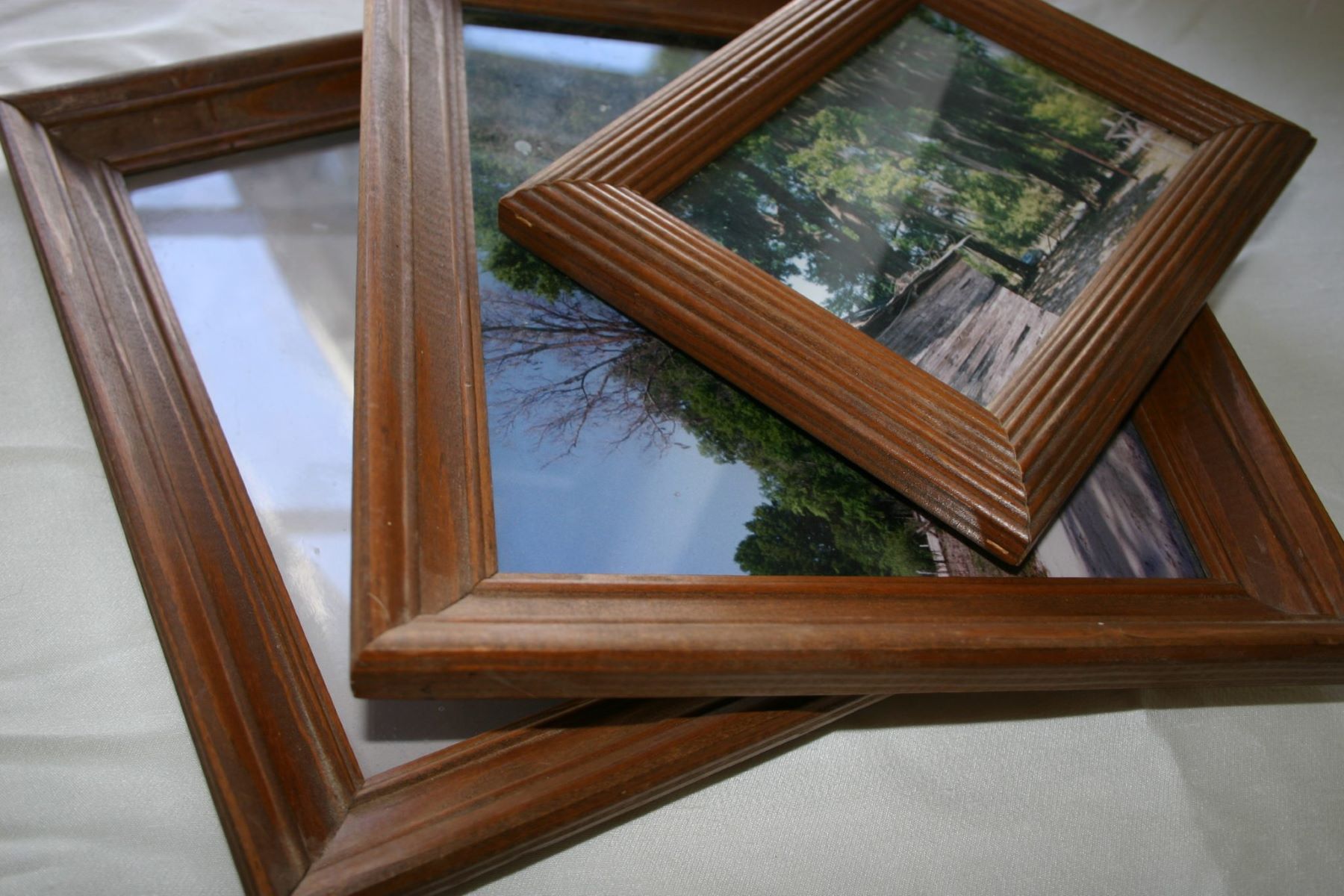

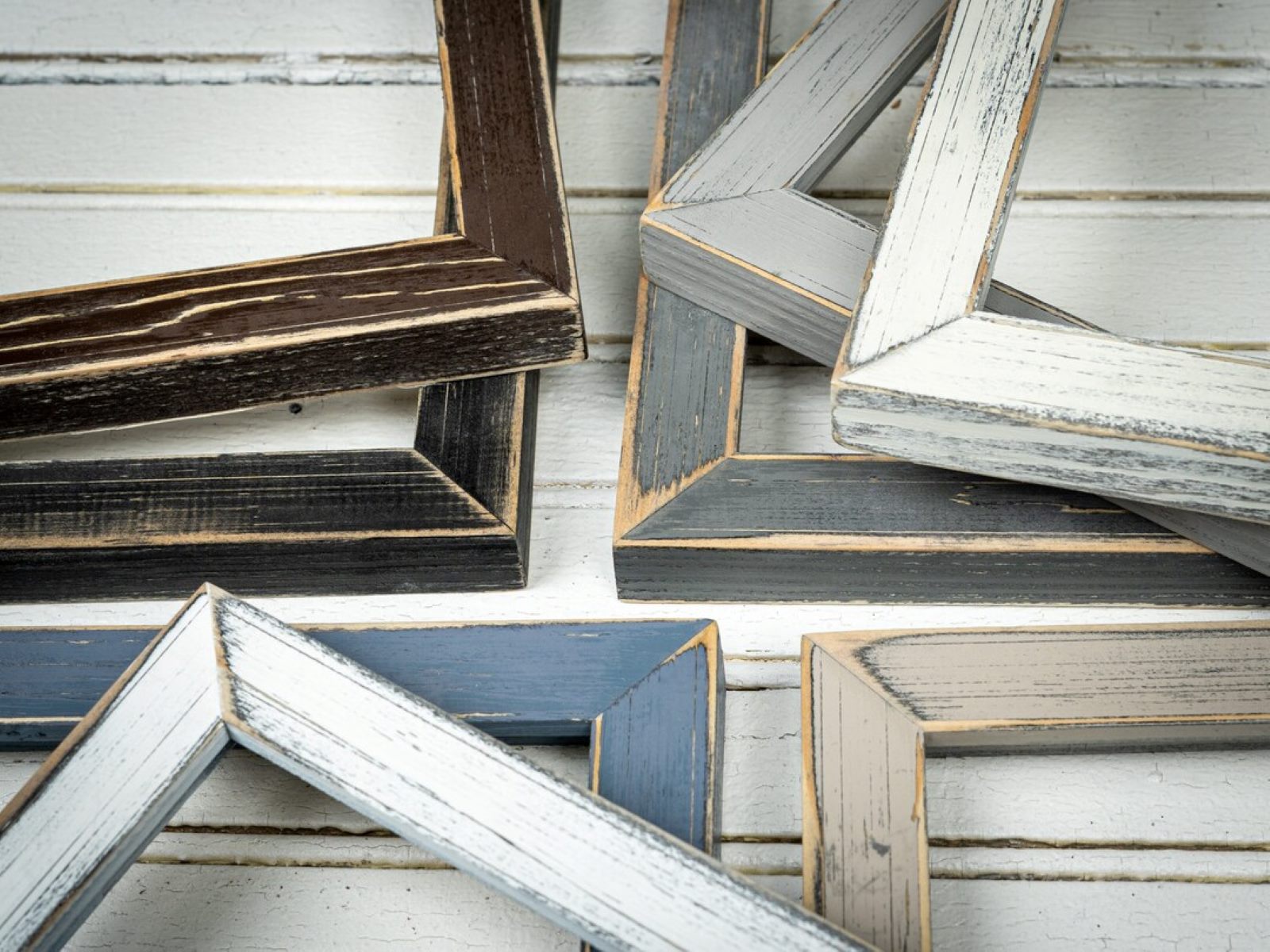
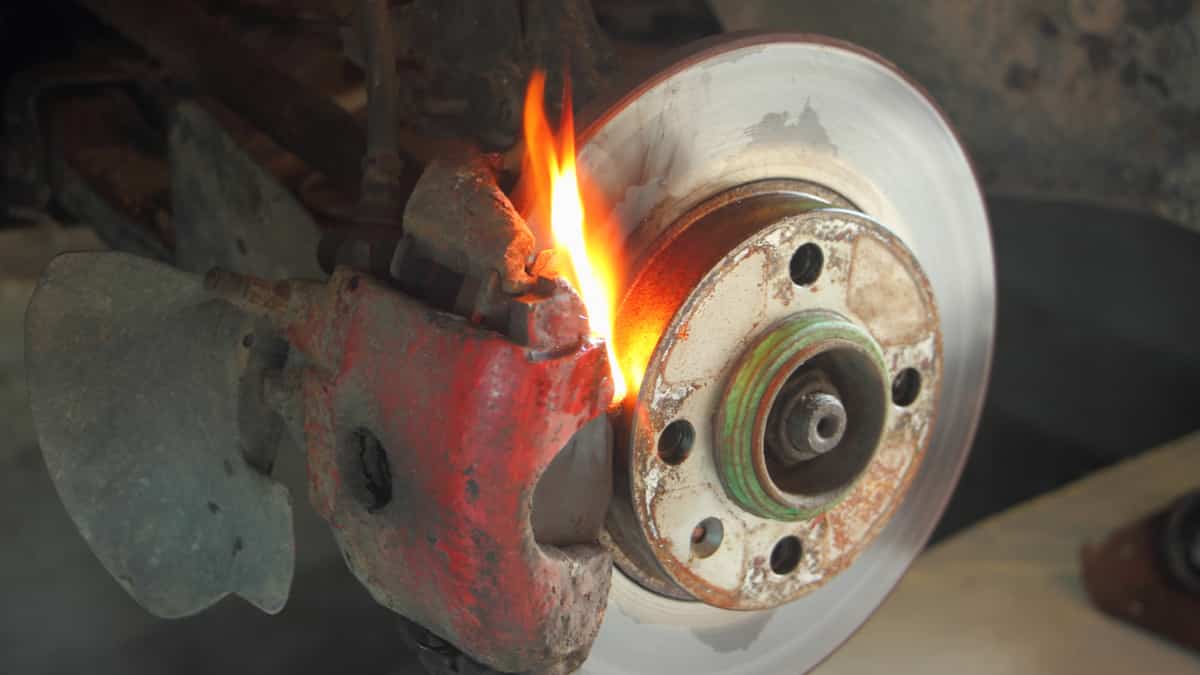
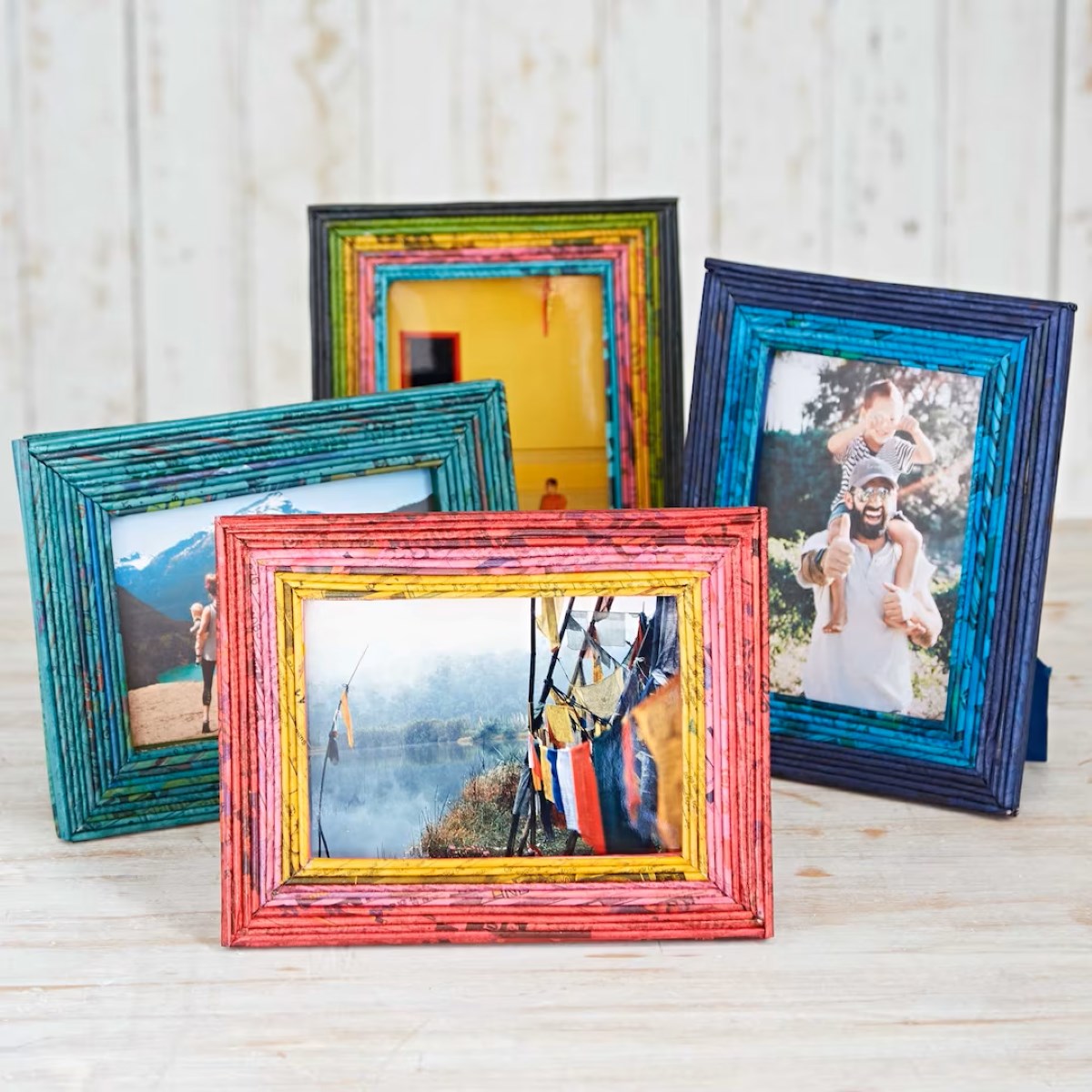
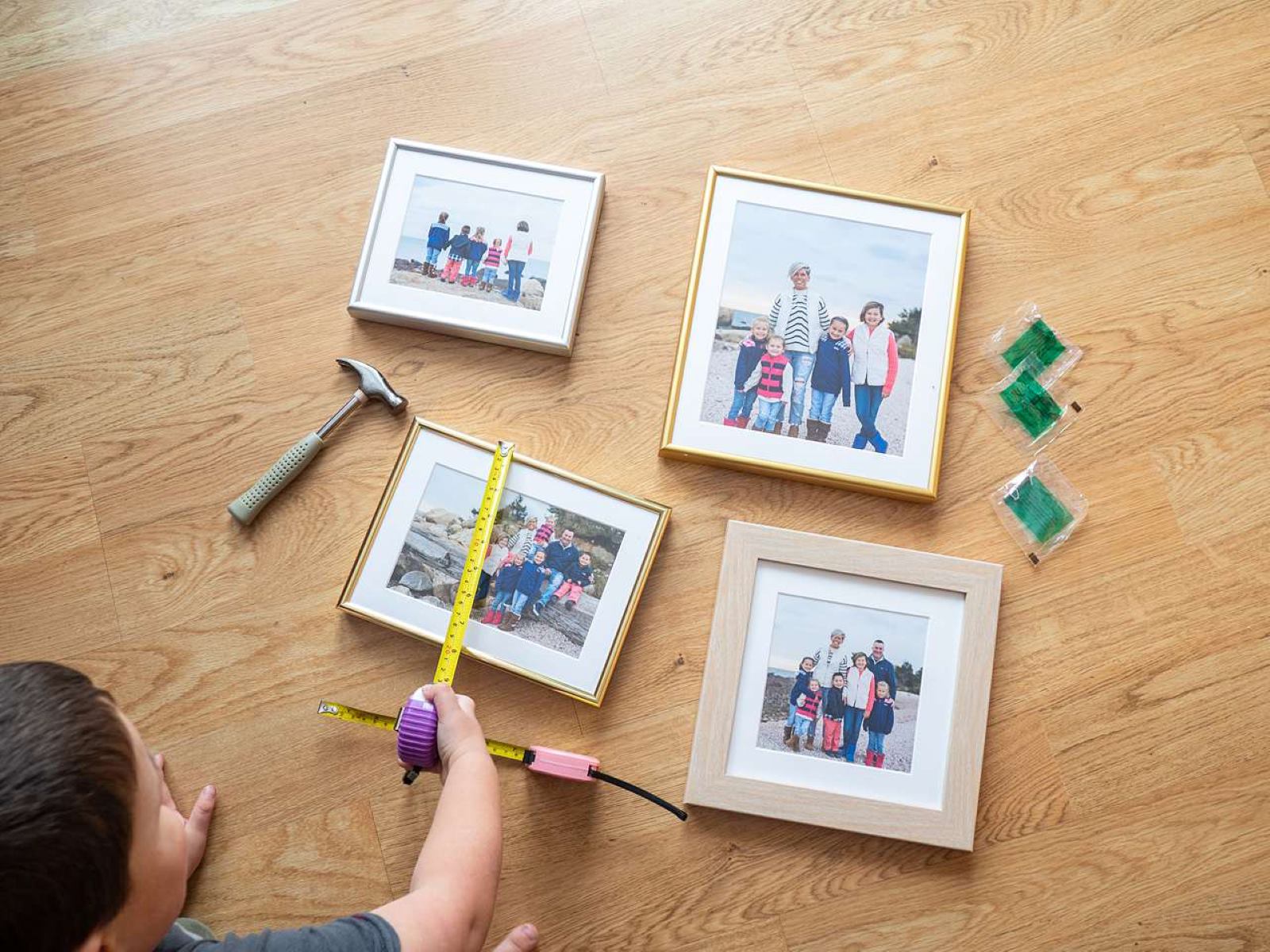
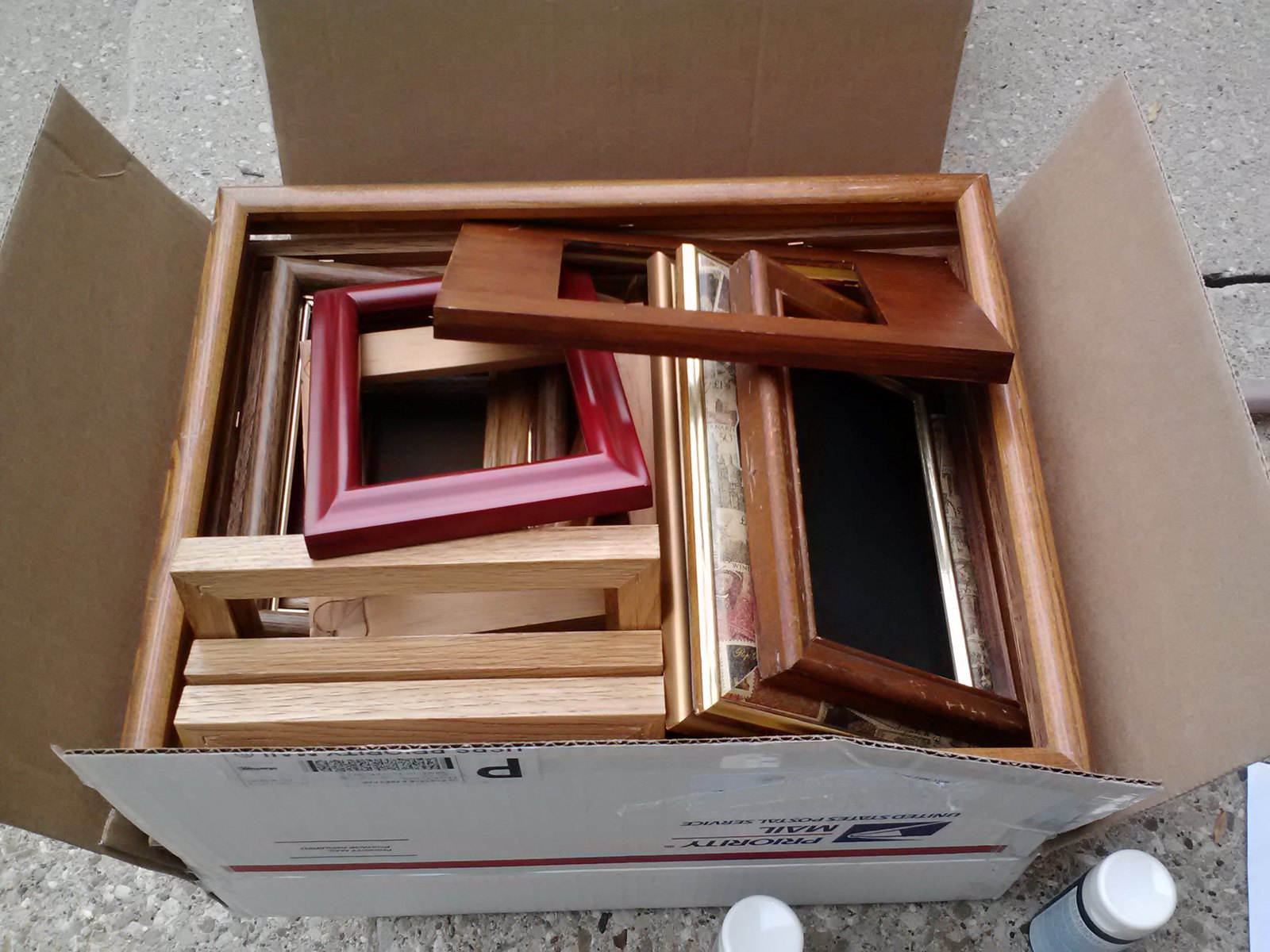
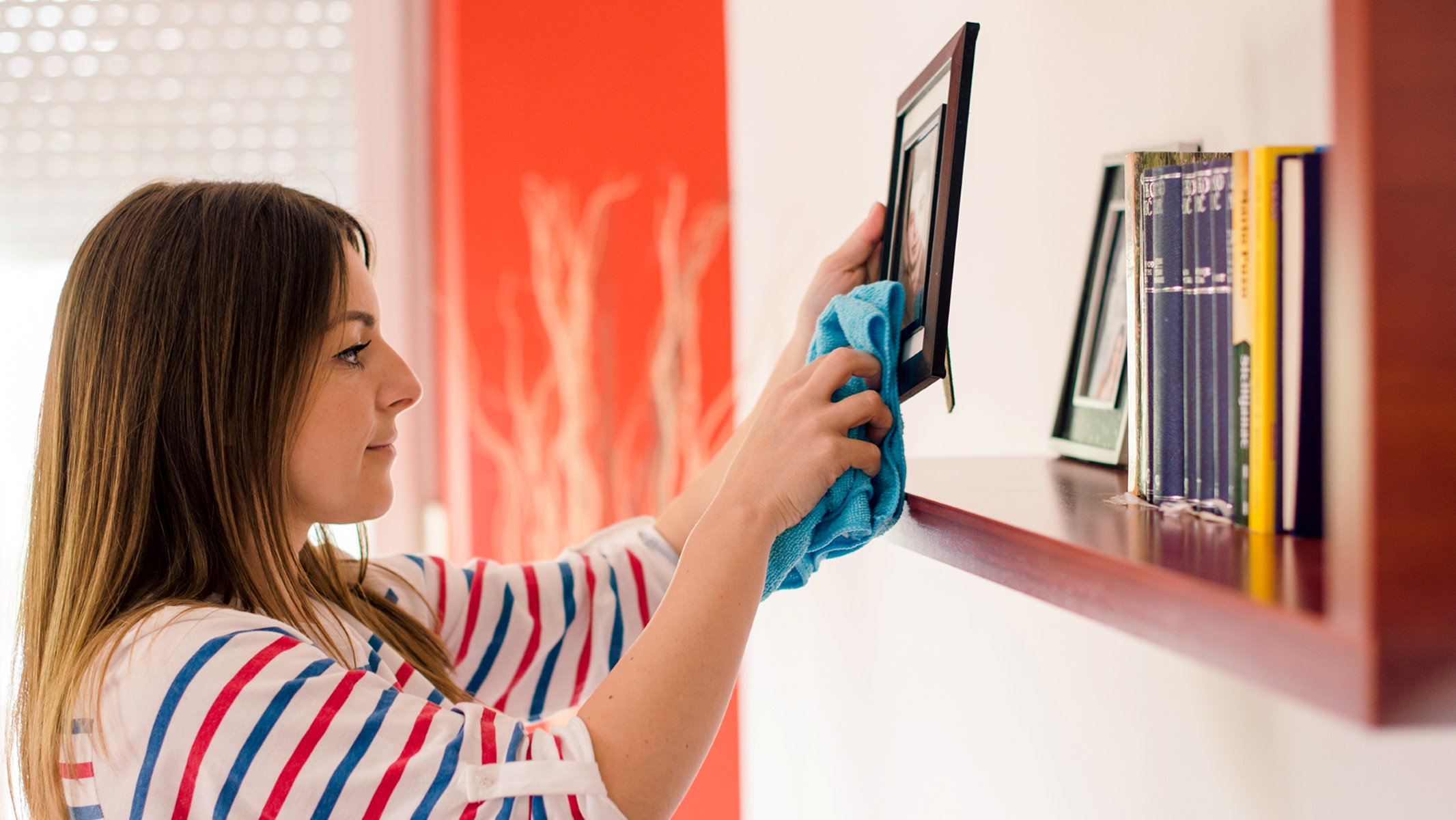





0 thoughts on “Why Do Pictures Stick To Glass In Frame”